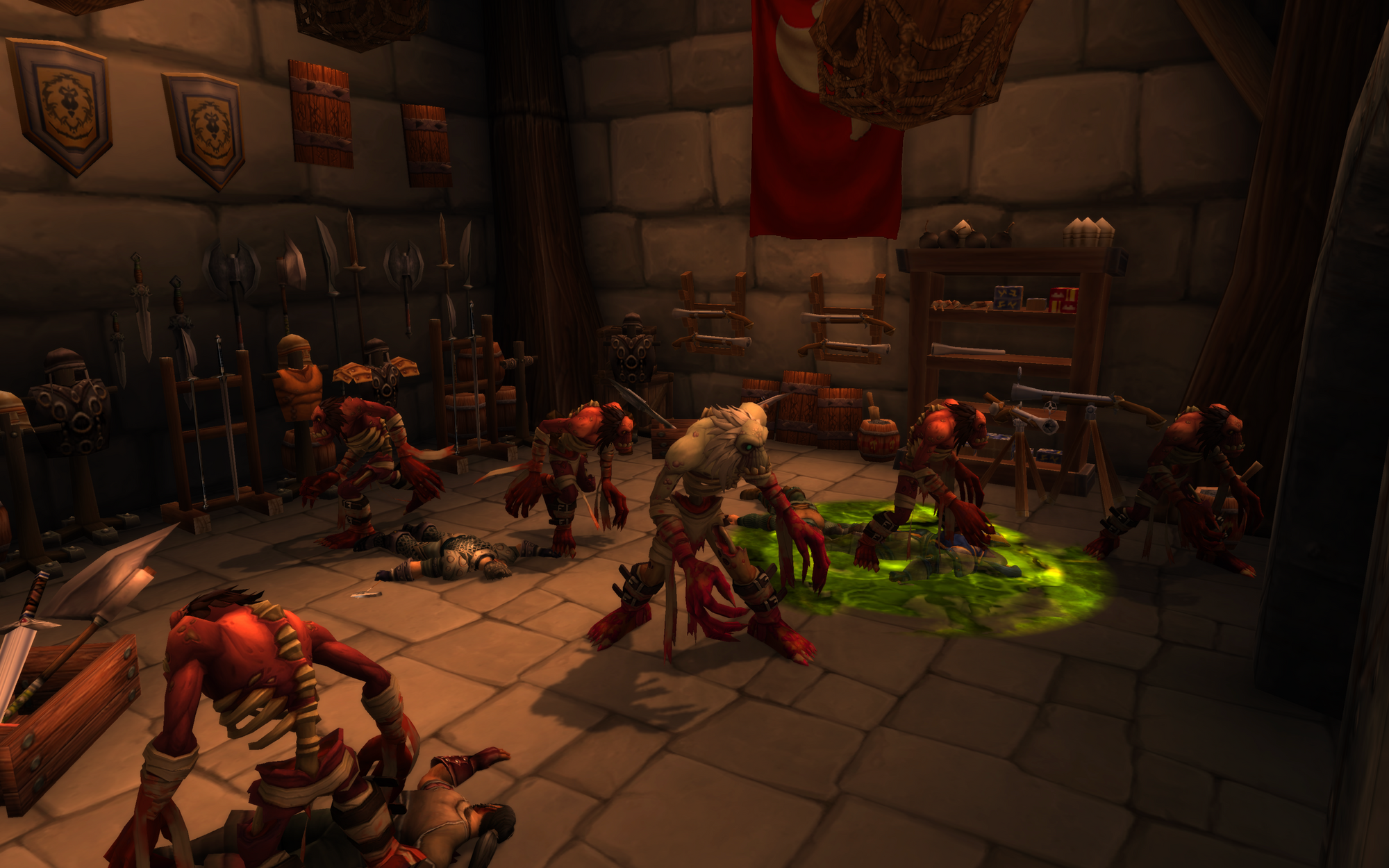Why Can't People Make Things Clear?
Sorry for the rant, but I just had to get something off my chest.
One of my strongly held opinions is that if you are trying to share information, then it is your duty to make it as easy to understand as possible. Especially in a professional sense.
It still baffles me that all through school and in every job I've worked, there's always been a problem with communication and sharing clear information. I'm talking about emails, documents, and even simple chat messages.
Here are the main problems I've encountered, and I bet quite a lot of other people have:
- More than one font in a simple document.
- Random line breaks throughout the document.
- Assortment of bold, underlined, and italicised text. Sometimes used in combinations.
- Text colour seemingly decided per sentence based on the current mood of the author.
- No structure.
- Worse than no structure. Bad structure. Sections in the wrong order, the visual hierarchy doesn't match the content, etc.
- Different headings used to style text based on a whim not based on the content structure.
- Many more that I'm forgetting.
I used to put it down to people just not being able to use computers properly. Because maybe it was my interest in computers that lead me to learn how to use them better? But while that may have passed 15-20 years ago, I don't think it does anymore. Especially in the technology-dominated roles that I've worked.
At one of my old jobs, emails would regularly come with more than three text colours, multiple fonts, sometimes font sizes, no clear headers, and probably only two or three paragraphs of text. What's worse, is that it was usually important information that people needed to understand in order to do their job.
When I read badly written/formatted documents or emails I always think to myself, why has this person not just put a bit more effort into making sure people can understand it? Or sometimes it feels like less effort would make it easier to understand.
If you want people to value the information you are sharing, make it easy for them to understand.
Sure, even if something is a real mess, most people will probably be able to understand it. But it may lead to misunderstandings, or questions later on when people want to clarify something. So by keeping things simple and to the point, you save yourself a lot of time.
There's also the fact that you could look unprofessional if you are incapable of making things clear. Because to be honest, if I read something that has no structure, no clear message, and the formatting is all over the place, my opinion would be that the author didn't understand the topic they're writing about.
Maybe when I try to explain things at work, I spend too much time making everything easy to understand, but I definitely think some people don't find it important at all. And maybe this is unimportant to most, but it really irritates me.



